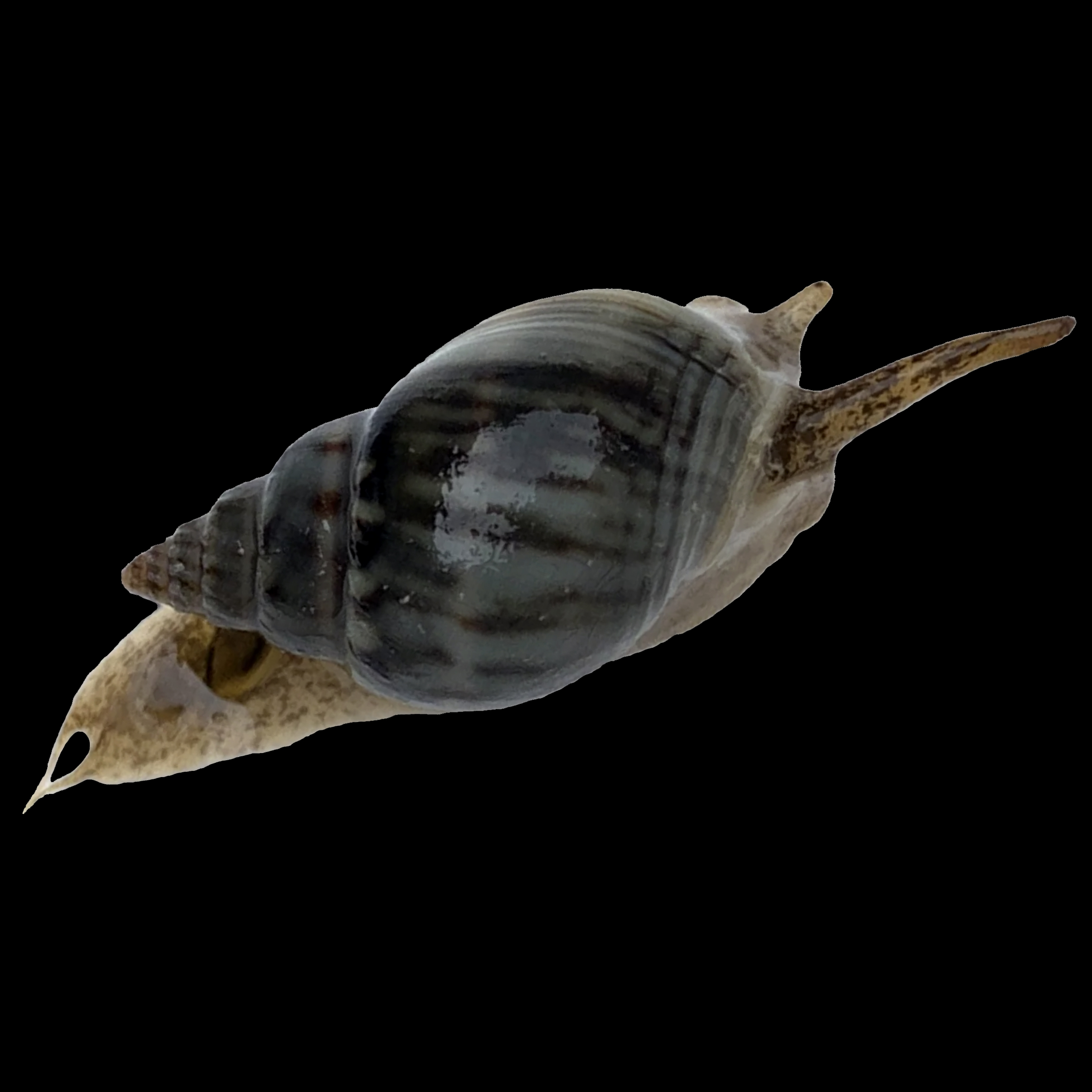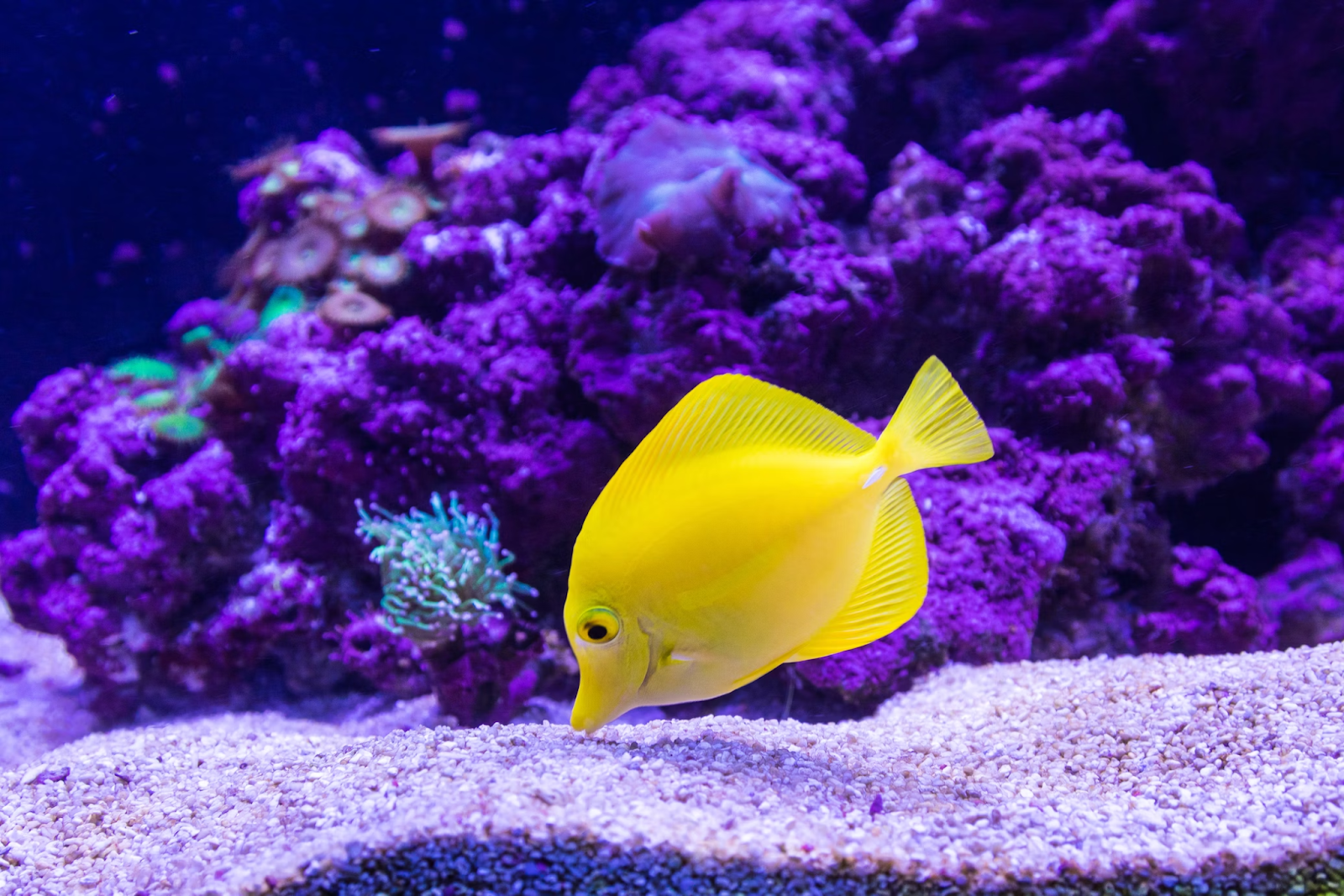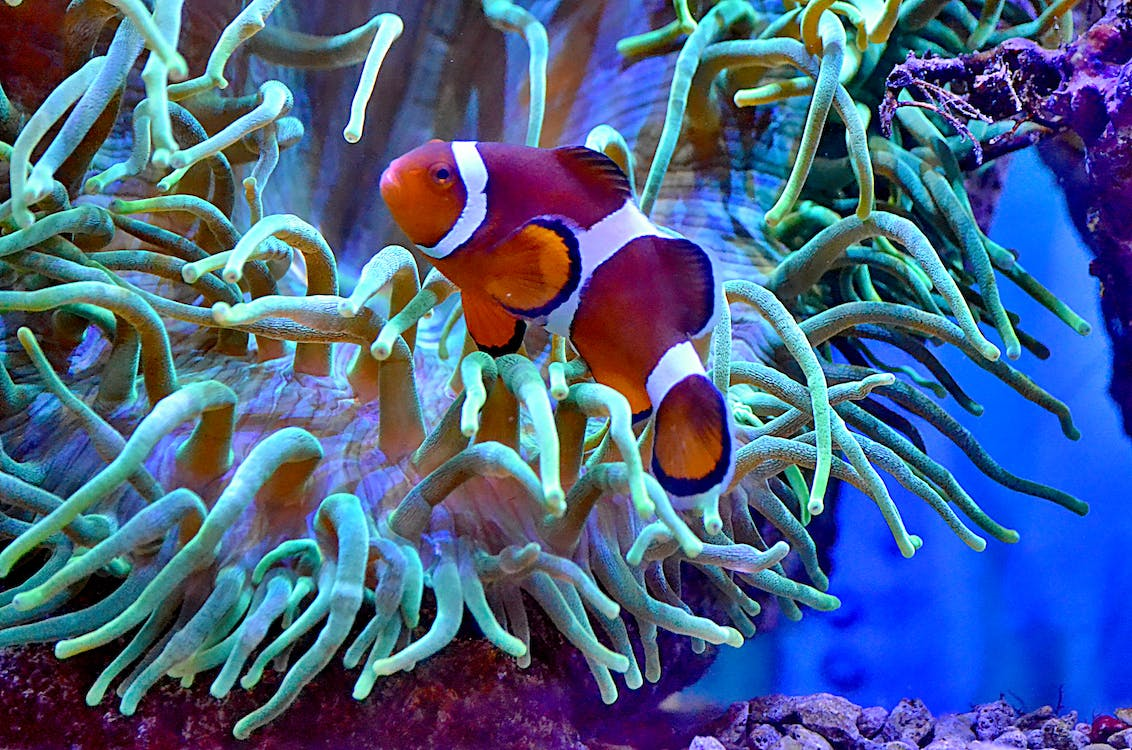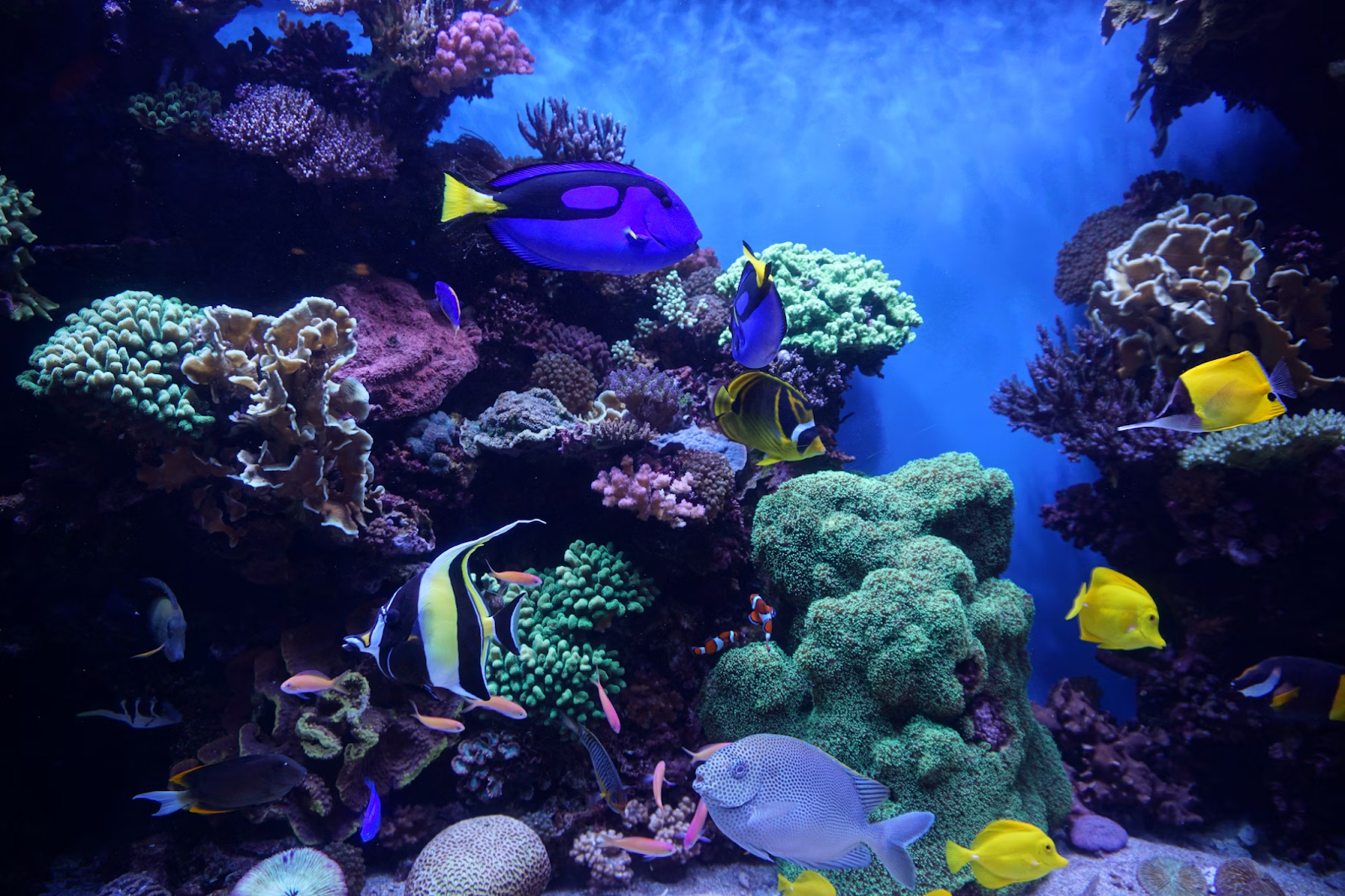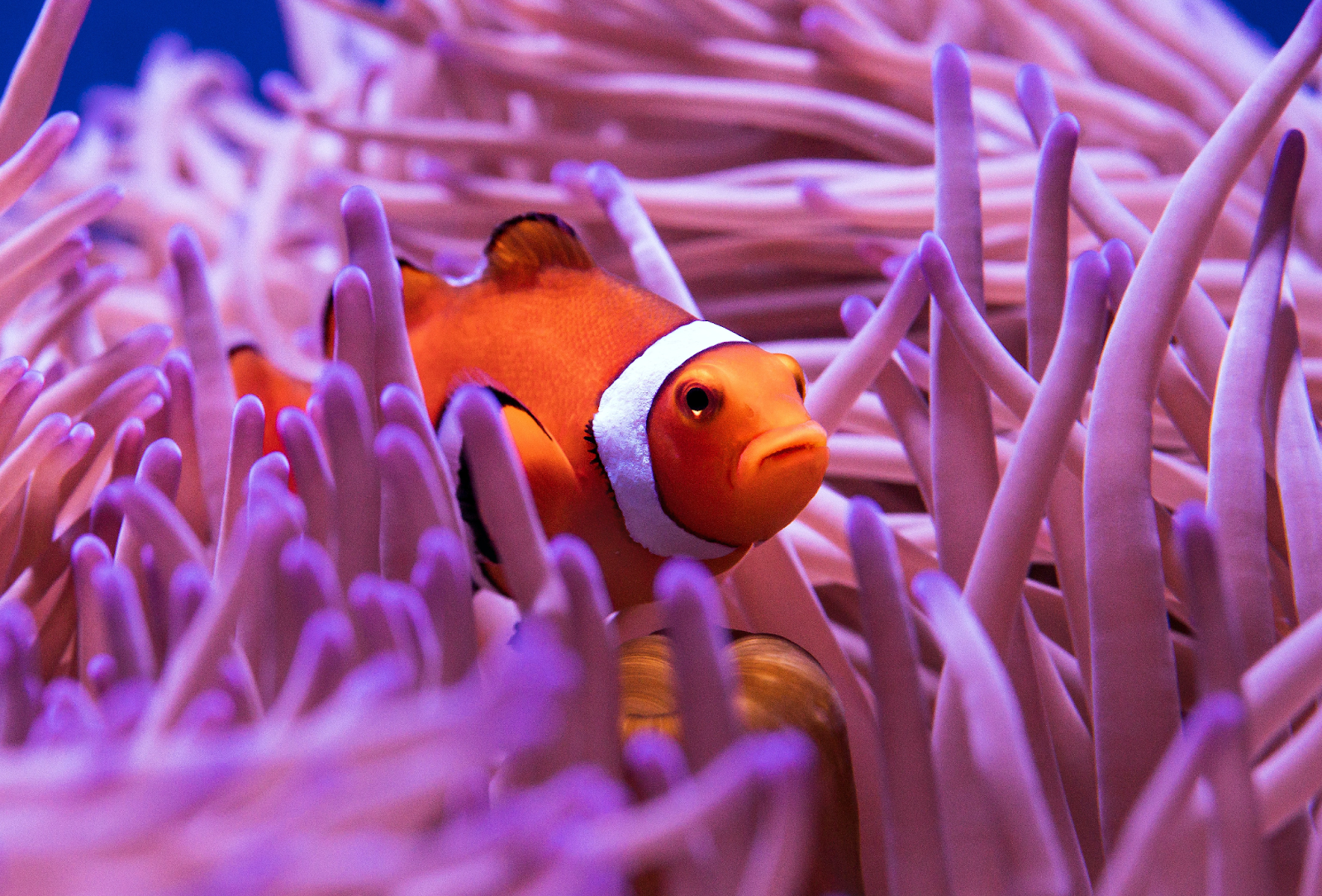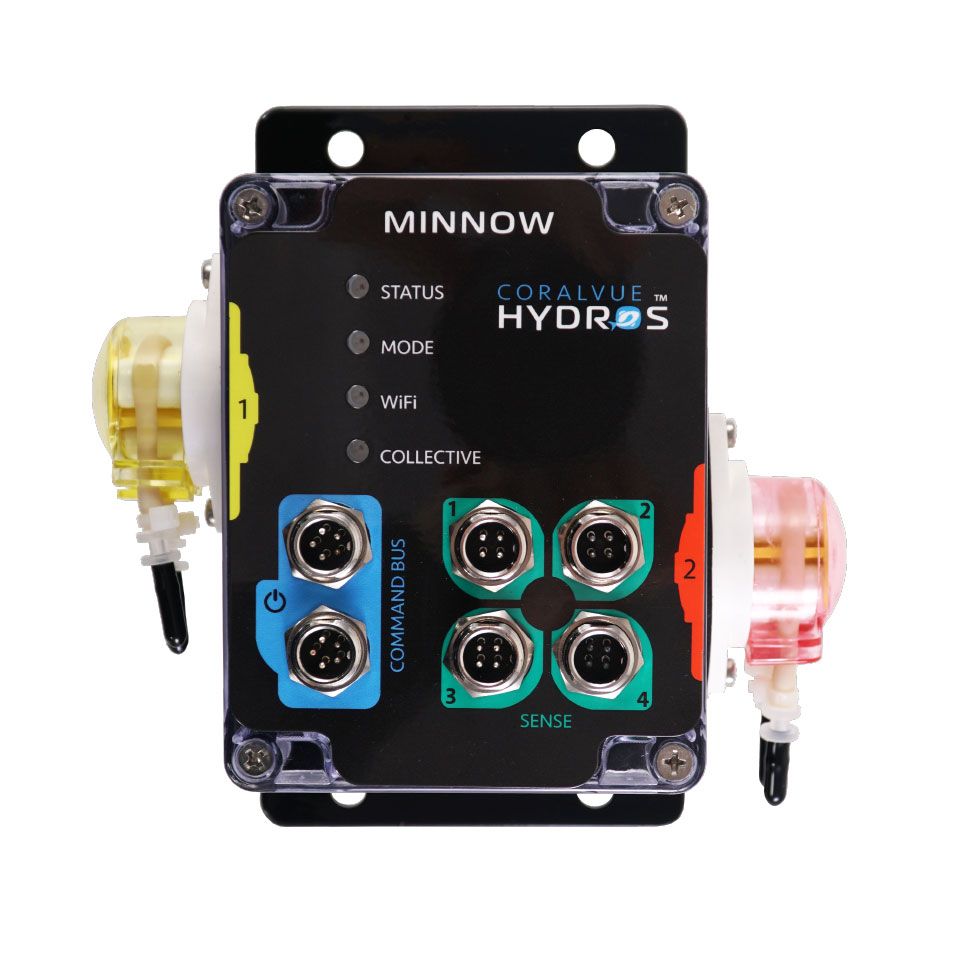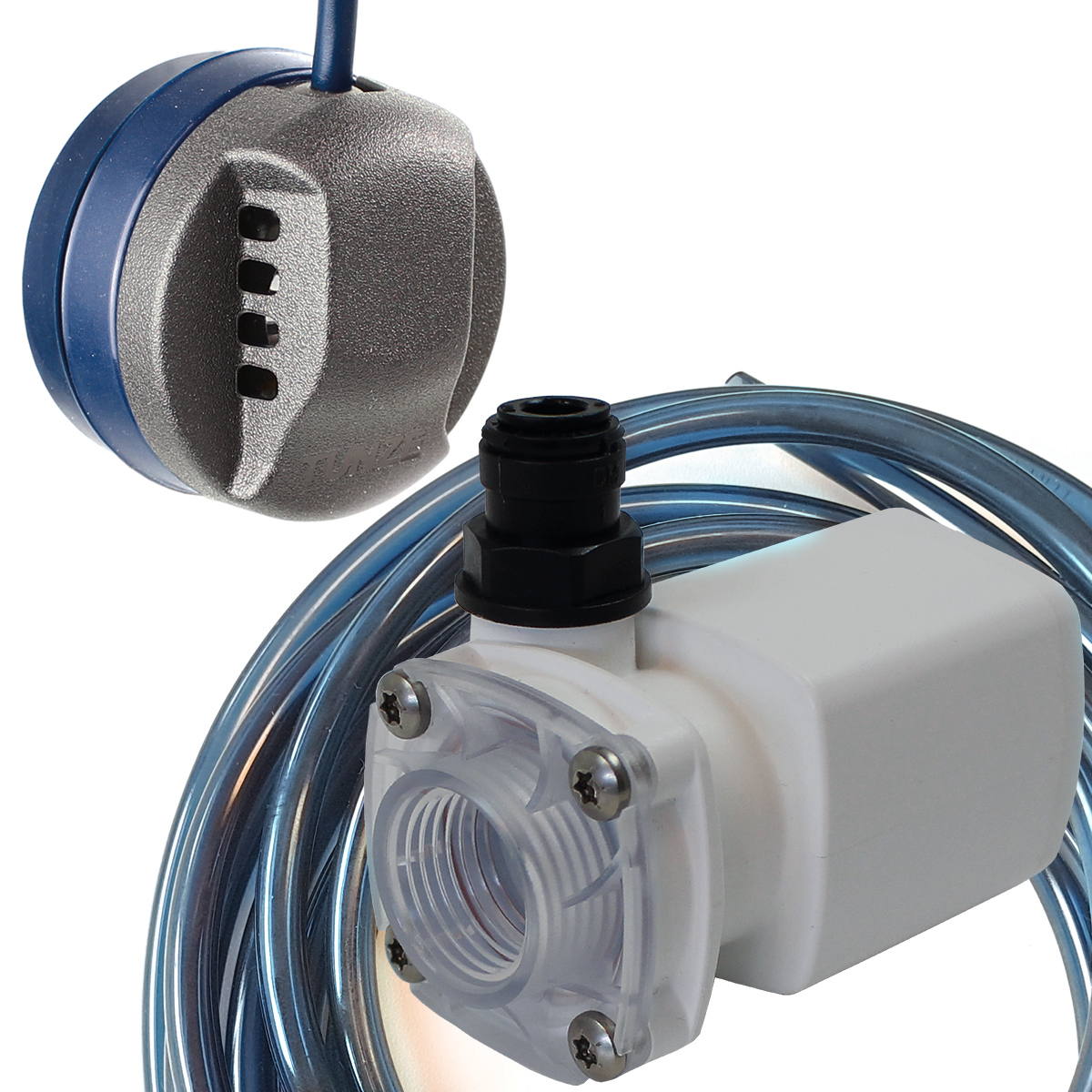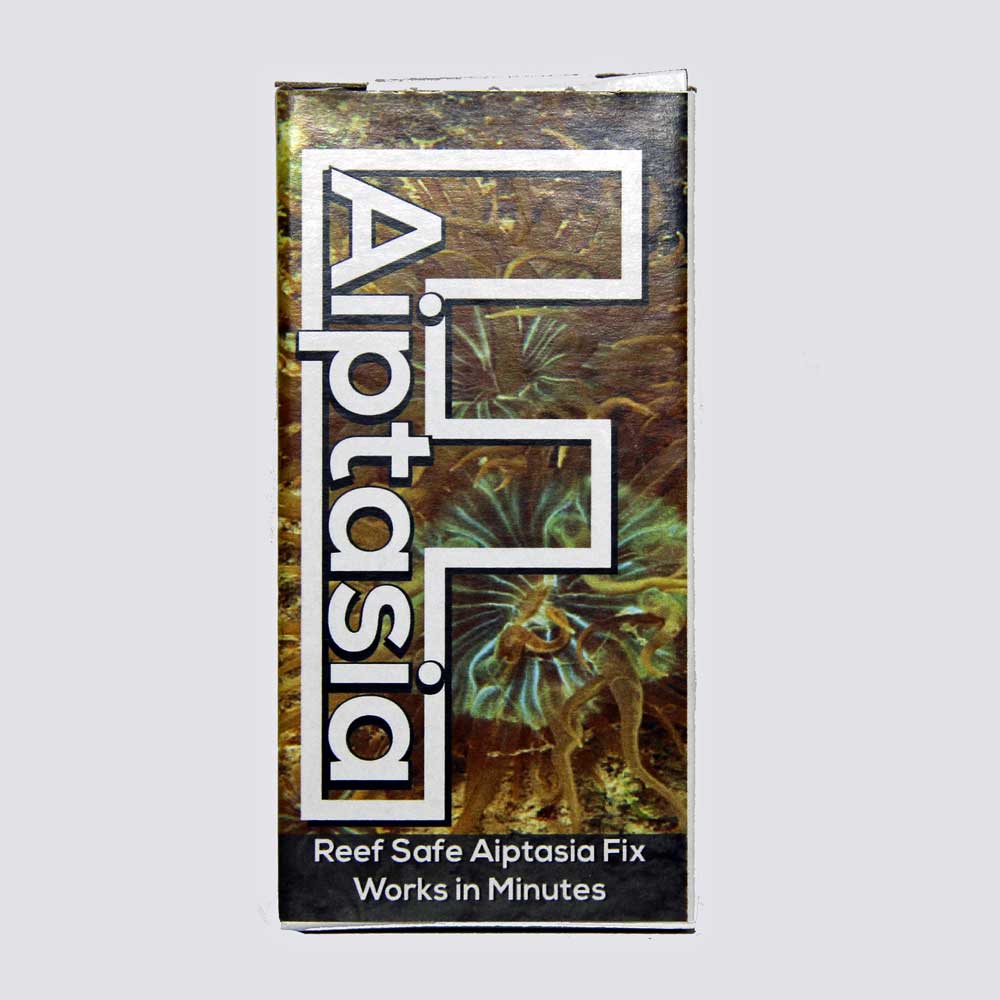Nassarius snails are relatively small in size, typically reaching lengths of about 1 inch (2.5 cm) when fully grown. They have elongated spiral shells with pointed tips, featuring various shades of brown and tan. Their shells often have intricate patterns, adding interest and appeal to your aquarium.
Collection & Captive Breeding
Nassarius snails, including Nassarius vibex, are commonly found in coastal regions of tropical and subtropical waters around the world. They inhabit intertidal zones, shallow waters, and sandy substrates in areas such as the Caribbean, Gulf of Mexico, Indo-Pacific, and the Red Sea. These snails are often collected from their natural habitats for the aquarium trade.
Aquarium suppliers may source Nassarius snails from various regions where they are abundant. Collection methods typically involve hand-picking specimens from the substrate during low tide or shallow water conditions. However, it's important for collectors to adhere to sustainable harvesting practices to minimize environmental impact and ensure the long-term viability of wild populations.
Additionally, Nassarius snails are sometimes bred in captivity to meet the demand for aquarium specimens. Breeding programs allow for the sustainable production of these snails without relying solely on wild-caught individuals. Captive-bred Nassarius snails are often favored by aquarists for their potential to adapt more readily to aquarium conditions and reduced impact on wild populations.
Regardless of their origin, these snails can thrive in well-maintained aquariums, where they contribute to the ecosystem by aiding in waste management and substrate maintenance which makes them a valuable contributor to any saltwater aquarium clean-up crew. Proper care and consideration of their natural habitat requirements are essential to ensure the health and longevity of these beneficial aquarium inhabitants.
Lifespan
Under optimal conditions, Nassarius snails can live for around 1 to 2 years in captivity. However, factors such as water quality, diet, and tank mates can influence their lifespan.
Diet
One of the most beneficial traits of Nassarius snails is their scavenging behavior. They are voracious eaters, primarily feeding on detritus, uneaten food particles, and decaying organic matter within the substrate. This scavenging activity helps to prevent the accumulation of waste and maintains a cleaner, healthier aquarium environment. Additionally, Nassarius snails may consume small crustaceans, such as copepods and amphipods, further contributing to the ecological balance of the tank.
Cleaning Benefits
Nassarius snails play are able to play a vital role in the biological filtration of aquariums. By consuming organic debris and waste materials, they help to break down and recycle nutrients, ultimately reducing the posibility of ammonia and nitrite spikes. Their burrowing behavior also aerates the substrate, preventing anaerobic conditions that could lead to the production of toxic gases that could lead to a die off fish and/or corals and other aquarium inhabitants. Becuase Nassarius snails prefer to hide in the sand bed, we reccomend these snails in aquariums where sand bads are present vs. bare bottom aquariums. When food is fed to the aquarium, expect to see these snails come out of the sand bed in search for food. It's also a great way to collect them if you are looking to move them to another tank.
Nassarius snails are efficient algae grazers, helping to control the growth of unsightly algae on rocks, glass, sand bed and other surfaces within the aquarium. Their foraging activity contribute to the overall maintenance of a clean and visually appealing aquarium.
Aquarium Predators:
While Nassarius snails are generally peaceful and pose little threat to other tank inhabitants, there are some potential predators to be mindful of when keeping them in an aquarium. Certain fish species, such as pufferfish, triggerfish, and some wrasse varieties, may view Nassarius snails as prey and attempt to eat them. Additionally, larger carnivorous snails and crabs may pose a threat to smaller Nassarius snails if housed together.
As with any livestock selection for your aquarium, it is important to research and carefully consider the compatibility of tank mates before introducing Nassarius snails to an aquarium. Providing adequate hiding places and refuge areas can help to minimize the risk of predation and ensure the well-being of these beneficial snails.
Nassarius snails are valuable additions to aquariums clean-up crew, offering numerous benefits in terms of waste management, substrate aeration, and algae control. Their scavenging behavior and efficient cleaning abilities make them indispensable allies in maintaining a healthy and balanced aquatic environment. By understanding their characteristics, dietary requirements, and potential predators, aquarists can easily house Nassarius snails and enjoy the benefits of having a healthier and more enjoyable aquarium.




